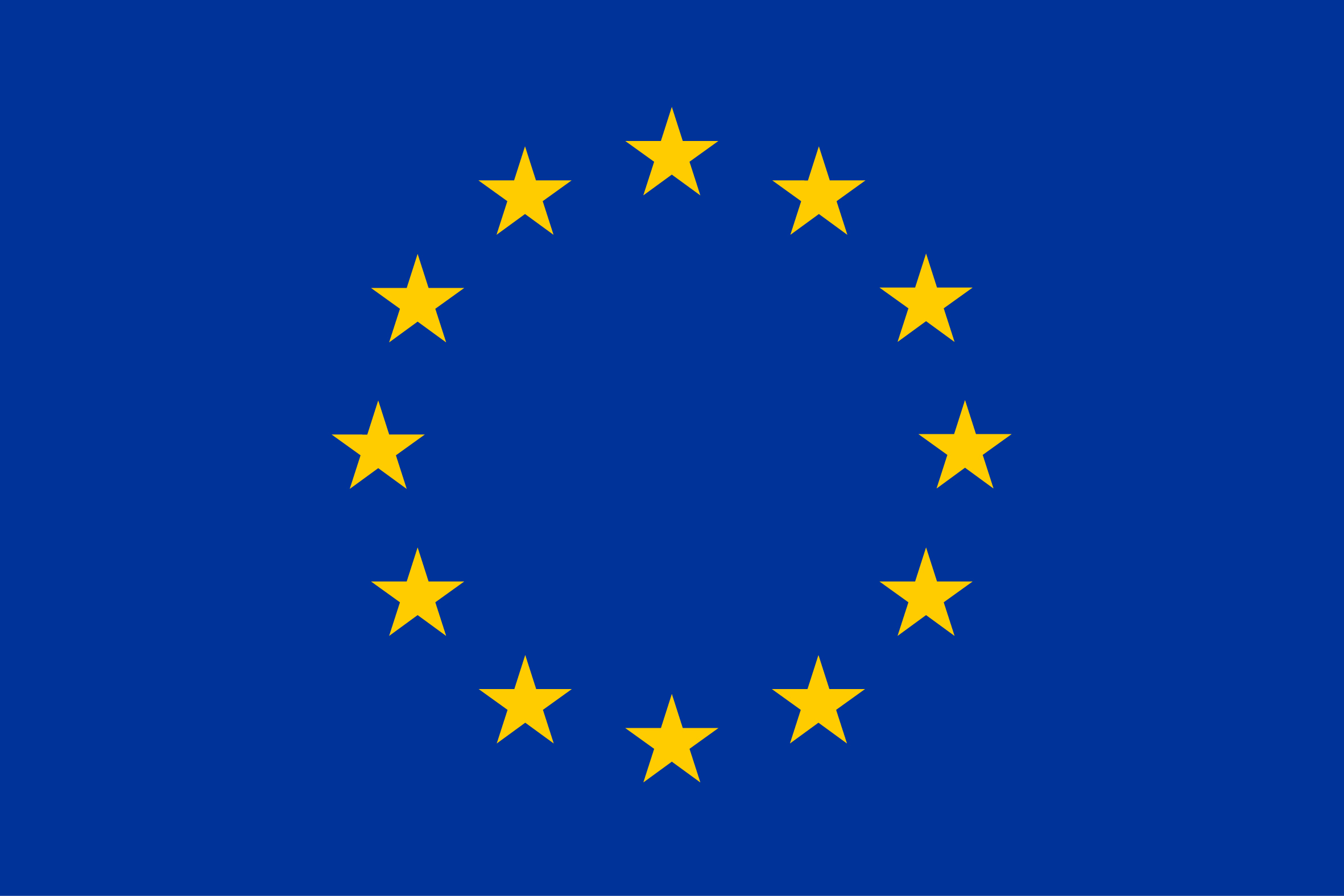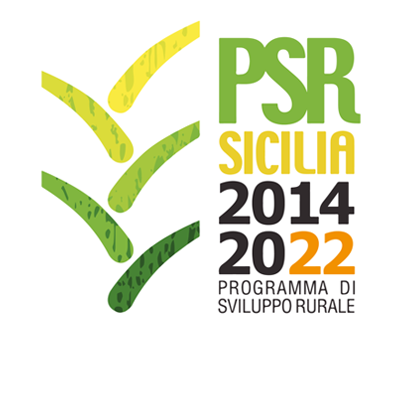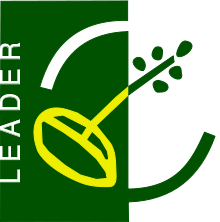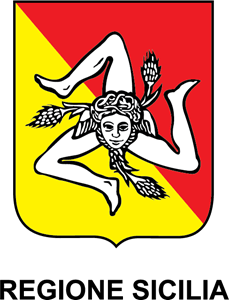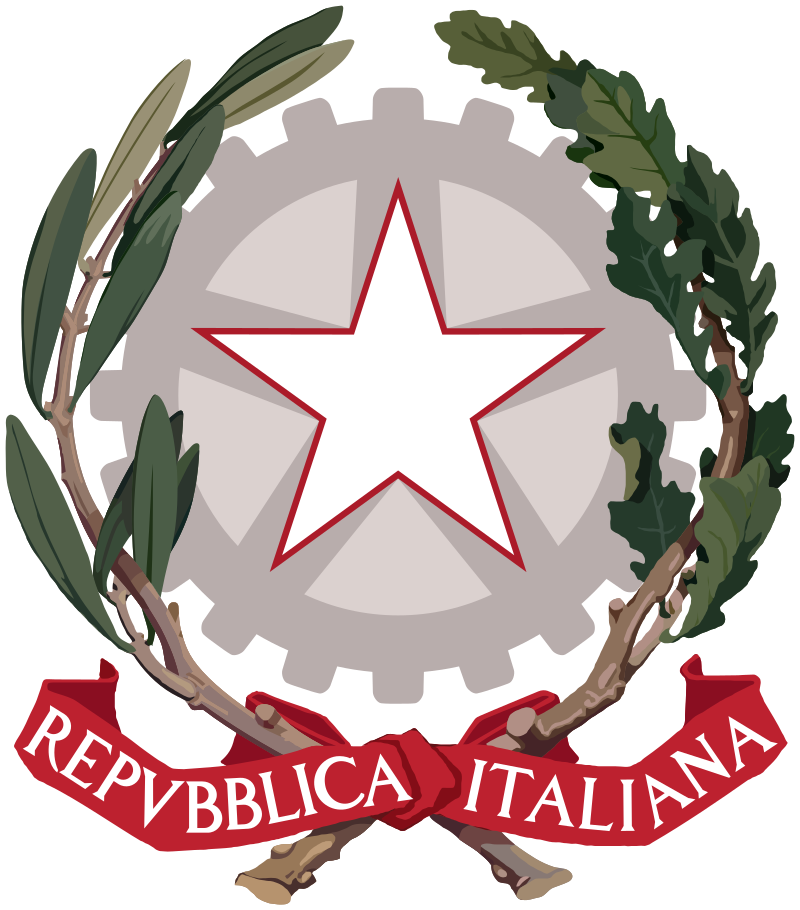Baigani
Country
Specie
ISO3
IND
Breed classification (geographic)
Local
Number of horns males
2
Number of horns females
2
Domestication status
domestic
Taxonomic classification
Variety
Description of origin
smaller variety of Ganjam
Local cryo conservation status
No Material
Local Risk
Unknown
Detailed local risk status
Unknown
Attapady Black
Country
Specie
ISO3
IND
Description
INDIA_GOAT_0900_ATTAPADYBLACK_06001
Breed classification (geographic)
Local
Number of horns males
0
Number of horns females
0
Domestication status
domestic
Taxonomic classification
Breed
Location within country
Kerala
Local cryo conservation status
No Material
Local Risk
Not at Risk
Detailed local risk status
Not at Risk
Assam Hill
Country
Specie
ISO3
IND
Language
Hindi/Assami
Description
Accession No.INDIA_GOAT_0213_ ASSAMHILL _06031
Other name
Asomi
Breed classification (adaptedness)
Native
Breed classification (geographic)
Local
Herdbook
n
Import
No
Location within country
Assam: Dima Hasao, KarbiAnglong, Cachar, Dhemaji, Dibrugarh, Golaghat, Morigaon and Nagaon; Meghalaya: East and West Khasi Hills, East and West Jaintia Hills, East and West Garo Hills and RiBhoi
Local cryo conservation status
Not Sufficient
Local Risk
Unknown
Detailed local risk status
Unknown
Angora
Country
Specie
ISO3
IND
Transboundary name
Angora
Breed classification (geographic)
International
Number of horns males
0
Number of horns females
0
Domestication status
domestic
Taxonomic classification
Breed
Description of origin
imported; exotic
Local cryo conservation status
No Material
Local Risk
Unknown
Detailed local risk status
Unknown
International Transboundary Risk detailed
Not at Risk
Alpine
Country
Specie
ISO3
IND
Transboundary name
Alpine
Breed classification (geographic)
International
Number of horns males
0
Number of horns females
0
Domestication status
domestic
Taxonomic classification
Breed
Description of origin
Exotic goat breed from Europe.
Local cryo conservation status
No Material
Local Risk
Unknown
Detailed local risk status
Unknown
International Transboundary Risk detailed
Not at Risk
Senduro
Country
Specie
ISO3
IDN
Language
Indonesia
Description
Goats are similar to Ettawa and used as meat and milk production
Breed classification (adaptedness)
Locally adapted
Breed classification (geographic)
Local
Additional information
Average milk production 1,7 l/day,
Additional information comments
Goats were kept indoor and feed resources from legumes tree
Adaptability to specific environment
Goats are seleted at high land areas of Senduro mountain, adapted to dry areas
Specific resistance or tolerance
This breed is susceptive to bloat.
Specific reproductive characteristic
Medium prolificacy
Color comments
Mostly white, some farmers prefer to have black head and white body colour
Number of horns males
2
Number of horns females
0
Horn shape size and comments
small V-shaped horns
Wither height males
70
Wither height females
65
Weight males
45.00
Weight females
38.00
Other specific visible traits
Appearance similar to Ettawa goats,hanging long ears, chubby face, long body size, short tail
Herdbook
n
Description of origin
This local goat breed kept by farmers of Lumajang East Java over generation from Ettawa cross
Import
Could be ancestor from Jamnapari goats of India
Location within country
Mainly in Lumajang subdistrcit then distributed to other district such as Malang, Jember
Local cryo conservation status
Sufficient
Local Risk
Unknown
Detailed local risk status
Unknown
Saburai
Country
Specie
ISO3
IDN
Language
Indonesia
Description
Saburai goat originated from Lampung province
Breed classification (adaptedness)
Locally adapted
Breed classification (geographic)
Local
Additional information
Classified as big type of goat
Adaptability to specific environment
Adaptive to tropical environment
Number of horns males
0
Number of horns females
0
Other specific visible traits
Rounded, dense and contained body; flat and thickface, well-balanced upper and lower jaws; relatively short and droop downears; thick rump; as well as thick mane hair for males.
Herdbook
n
Description of origin
Grading up local Etawah Grade females to Boer males followed inter se mating, developed in the Districts of Tanggamus, and Pesawaran Bandar Lampung, Lampung Province.
Year of origin
2001
Import
Bucks were imported
Location within country
Lampung Province
Local cryo conservation status
No Material
Local Risk
Unknown
Detailed local risk status
Unknown
Saanen Baturraden
Country
Specie
ISO3
IDN
Language
Indonesia
Description
Baturraden is the city where this breed was developed
Transboundary name
Saanen
Other name
Saanen
Breed classification (adaptedness)
Exotic
Breed classification (geographic)
International
Adaptability to specific environment
Showing adaptability to low quality and varied feed
Color comments
white
Number of horns males
2
Number of horns females
2
Horn shape size and comments
both of sexes have horns
Wither height males
59.25
Wither height females
58.93
Weight males
21.43
Weight females
21.73
Other specific visible traits
Small pointed head, long and smooth neck, short hair, straight nose, triangular face, ears perpendicular to the front, thin and short tails, males and females have horns. A few have Wattles hanging from their necks, most male and female goats have beards.
Herdbook
y
Herdbook established
2015
Description of origin
Saanen Baturraden was a recently introduced breed that imported from West Australia and New South Wales in 2015
Year of origin
2015
Import
2015, West Australia and New South Wales, 12 males and 188 females
Location within country
Java
Local cryo conservation status
No Information
Local Risk
At Risk
Detailed local risk status
Endangered
International Transboundary Risk detailed
Not at Risk
Peranakan Etawah
Country
Specie
ISO3
IDN
Language
Indonesia
Description
Peranakan means
Transboundary name
crossbreed
Breed classification (geographic)
Ettawah-Cross, PE
Additional information
Locally adapted
Additional information comments
Local
Efabis cultural role comment
Dual purpose breed (milk and meat)
Specific reproductive characteristic
This breed is well adapted to cool as well as to hot climate.
Special characteristic of product
This goat breed is susceptible for bloat.
Other special qualities
The reproductive ability of this breed is good.
Reference for special qualities
The PE goat-meat is tasty and preferably used for barbecue and soup a la Jakarta.
Efabis skin colour
multi coloured: variable, mainly black and white
Horn shape size and comments
2
Wither height males
2
Wither height females
small V-shaped horns that point backwards
Weight males
95.00
Weight females
75.00
Other specific visible traits
80
Herdbook
60
Herdbook established
small animals, but much bigger than Kacang goats, blade-shaped body, long hanging ears, chubby nose, bearded
Domestication status
n
Import
composite of Ettawah and Kacang
Location within country
1908
Local cryo conservation status
Ettawa imported from India
Local Risk
Lampung, central and east Java, Bali, west Nusatenggara
Detailed local risk status
Sufficient
Regional Transboundary Risk (detailed)
Unknown
International Transboundary Risk detailed
Unknown
